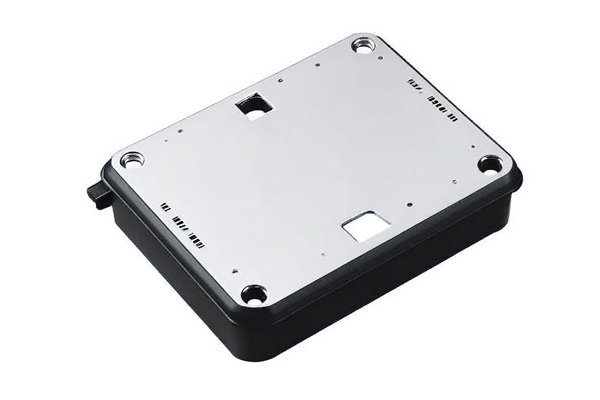Opening
Did you know that CNC (Computer Numerical Control) machining has revolutionized modern manufacturing, allowing for the production of parts with a precision that can reach as fine as 0.1 mm? As industries increasingly rely on CNC machining for their production needs, understanding how this technology can accurately identify and process parts made of various materials becomes not just beneficial, but essential for businesses aiming to remain competitive.
to CNC Machining
CNC machining is a manufacturing process where pre-programmed software controls the movement of production equipment. As a result, it allows for cutting, shaping, drilling, and finishing materials with high levels of accuracy. This process is indispensable in a range of industries, from aerospace to medical devices, where precision is not merely an option but a requirement.
Understanding Material Properties
One of the primary challenges in CNC machining is the variations in material properties, including hardness, toughness, ductility, and thermal stability. Every material reacts differently to cutting forces, speeds, and temperatures, which can lead to varying outcomes in terms of precision and accuracy.
Key Material Properties to Consider
The Role of Advanced Technologies in CNC Machining
The integration of Computer-Aided Design (CAD) and Computer-Aided Manufacturing (CAM) software plays a crucial role in ensuring the accuracy of CNC machining operations. CAD allows engineers to create a detailed 3D model of the part, while CAM translates these designs into machine instructions.
Selecting the right tools for machining specific materials is vital for maintaining accuracy. The choice of tool must consider:

The implementation of real-time monitoring systems can significantly enhance the accuracy of CNC machining processes.
Numerous techniques are available to detect and analyze material properties before machining begins.
Techniques for Machining Different Materials
Metals such as aluminum, steel, and titanium require precise handling due to their unique characteristics.
Plastics, encompassing materials like POM and ABS, present a different set of machining challenges.
Accurately identifying and processing parts made of various materials through CNC machining involves understanding material properties, utilizing advanced technologies, and adopting effective machining strategies. By leveraging CAD and CAM integration, selecting the appropriate tools, employing real-time monitoring systems, and utilizing material-property detection technologies, manufacturers can enhance their accuracy and efficiency.
This blog underscores the importance of embracing innovation in CNC machining processes. In a rapidly evolving industry, fostering a deeper understanding of material behavior and machining techniques is crucial for businesses aiming to achieve precision engineering. As CNC technology continues to develop, staying informed and adaptable will be key to thriving in the competitive landscape.
By implementing these practices, manufacturers can not only improve product quality but also optimize operational efficiency, reduce costs, and ultimately deliver superior value to their clients. The precision and accuracy attainable through CNC machining are not merely technical specifications—they are the backbone of competitive advantage in today’s manufacturing world.






